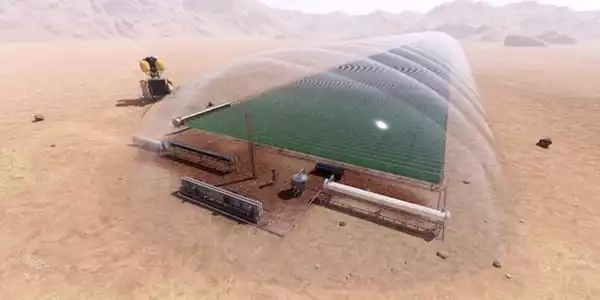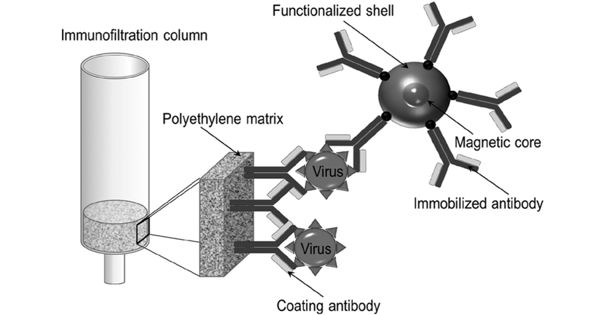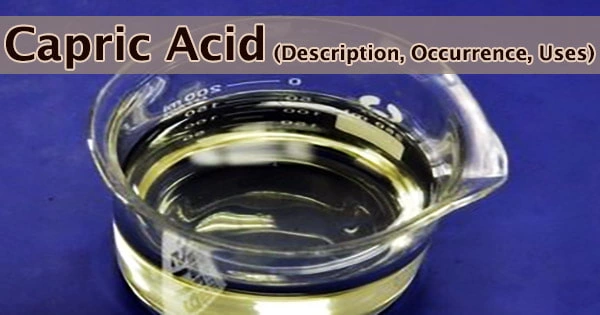Researchers have developed a concept for producing Martian rocket fuel on Mars, which could be used to launch future astronauts back to Earth. The Georgia Institute of Technology has developed this concept for producing Martian rocket fuel on Mars.
The bioproduction process would make use of three resources found on Mars: carbon dioxide, sunlight, and frozen water. It would also entail sending two microbes to Mars. The first would be cyanobacteria (algae), which would take CO2 from the Martian atmosphere and convert it into sugars using sunlight. An E. coli engineered on Earth would convert those sugars into a Mars-specific propellant for rockets and other propulsion devices. The Martian propellant, known as 2,3-butanediol, is currently in existence, can be produced by E. coli, and is used to make polymers for the production of rubber on Earth.
Mars rocket engines are currently planned to be powered by methane and liquid oxygen (LOX). Because neither exists on Mars, they would have to be transported from Earth to power a return spacecraft into Martian orbit. That transportation is costly: it is estimated that transporting the required 30 tons of methane and LOX will cost around $8 billion. To cut costs, NASA has proposed using chemical catalysis to convert Martian carbon dioxide into LOX, though this still necessitates the transportation of methane from Earth.
Carbon dioxide is one of the planet’s only resources. Knowing that biology is particularly adept at converting CO2 into useful products qualifies it for the production of rocket fuel.
Nick Kruyer
Georgia Tech researchers propose an in situ resource utilization (bio-ISRU) strategy based on biotechnology that can produce both propellant and LOX from CO2. According to the researchers, producing propellant on Mars using Martian resources could help reduce mission costs. Furthermore, the bio-ISRU process generates 44 tons of extra clean oxygen that could be used for other purposes, such as assisting with human colonization.
“Carbon dioxide is one of the planet’s only resources. Knowing that biology is particularly adept at converting CO2 into useful products qualifies it for the production of rocket fuel” said Nick Kruyer, the study’s first author and a recent Ph.D. graduate from Georgia Tech’s School of Chemical and Biomolecular Engineering (ChBE).
The paper describes the process, which begins with transporting plastic materials to Mars, where they will be assembled into photobioreactors the size of four football fields. Photosynthesis would allow cyanobacteria to grow in the reactors (which require carbon dioxide). In a separate reactor, enzymes would break down the cyanobacteria into sugars, which would then be fed to the E. coli to produce the rocket propellant. Using advanced separation methods, the propellant would be separated from the E. coli fermentation broth.
According to the team’s findings, the bio-ISRU strategy consumes 32% less power (but weighs three times more) than the proposed chemically enabled strategy of shipping methane from Earth and producing oxygen via chemical catalysis. Because the gravity on Mars is only one-third that of Earth, the researchers were able to be creative when considering potential fuels.

“Lift-off on Mars requires a lot less energy, which gave us the flexibility to consider different chemicals that aren’t designed for a rocket launch on Earth,” said Pamela Peralta-Yahya, a corresponding author of the study and an associate professor in the School of Chemistry & Biochemistry and ChBE who engineers microbes for chemical production. “We began to think about how we could use the planet’s lower gravity and lack of oxygen to create solutions that aren’t relevant for Earth launches.”
“We’ve known about 2,3-butanediol for a long time, but we never considered using it as a propellant. Following an analysis and preliminary experimental study, we determined that it is a viable candidate “Wenting Sun, an associate professor at the Daniel Guggenheim School of Aerospace Engineering who specializes in fuels, agreed.
The Georgia Tech team is spread out across campus. Chemists, chemical engineers, mechanical engineers, and aerospace engineers collaborated to develop the concept and process for creating a viable Martian fuel. Along with Kruyer, Peralta-Yahya, and Sun, the team included Caroline Genzale, a combustion expert and associate professor in the George W. Woodruff School of Mechanical Engineering, and Matthew Realff, a professor and David Wang Sr. Fellow in ChBE who specializes in process synthesis and design.
The team is now attempting to carry out the biological and material optimizations identified as necessary to reduce the weight of the bio-ISRU process and make it lighter than the proposed chemical process. Improving the rate at which cyanobacteria grows on Mars, for example, will reduce the size of the photobioreactor, resulting in a significant reduction in the payload required to transport the equipment from Earth.
“We also need to conduct experiments to show that cyanobacteria can grow in Martian conditions,” said Realff, who is working on algae-based process analysis. “We must consider the difference in the solar spectrum on Mars, which is caused by both the planet’s distance from the Sun and the lack of atmospheric filtering of the sunlight. The cyanobacteria may be harmed by high UV levels.”
The Georgia Tech team emphasizes the importance of understanding the differences between the two planets in order to develop efficient technologies for the ISRU production of fuel, food, and chemicals on Mars. It is for this reason that they are addressing biological and material challenges in the study in order to contribute to the goal of future human presence beyond Earth.
“The Peralta-Yahya lab excels at discovering new and exciting applications for synthetic biology and biotechnology, tackling exciting sustainability problems,” Kruyer added. “The use of biotechnology on Mars is an excellent way to make use of limited available resources with few starting materials.”
















